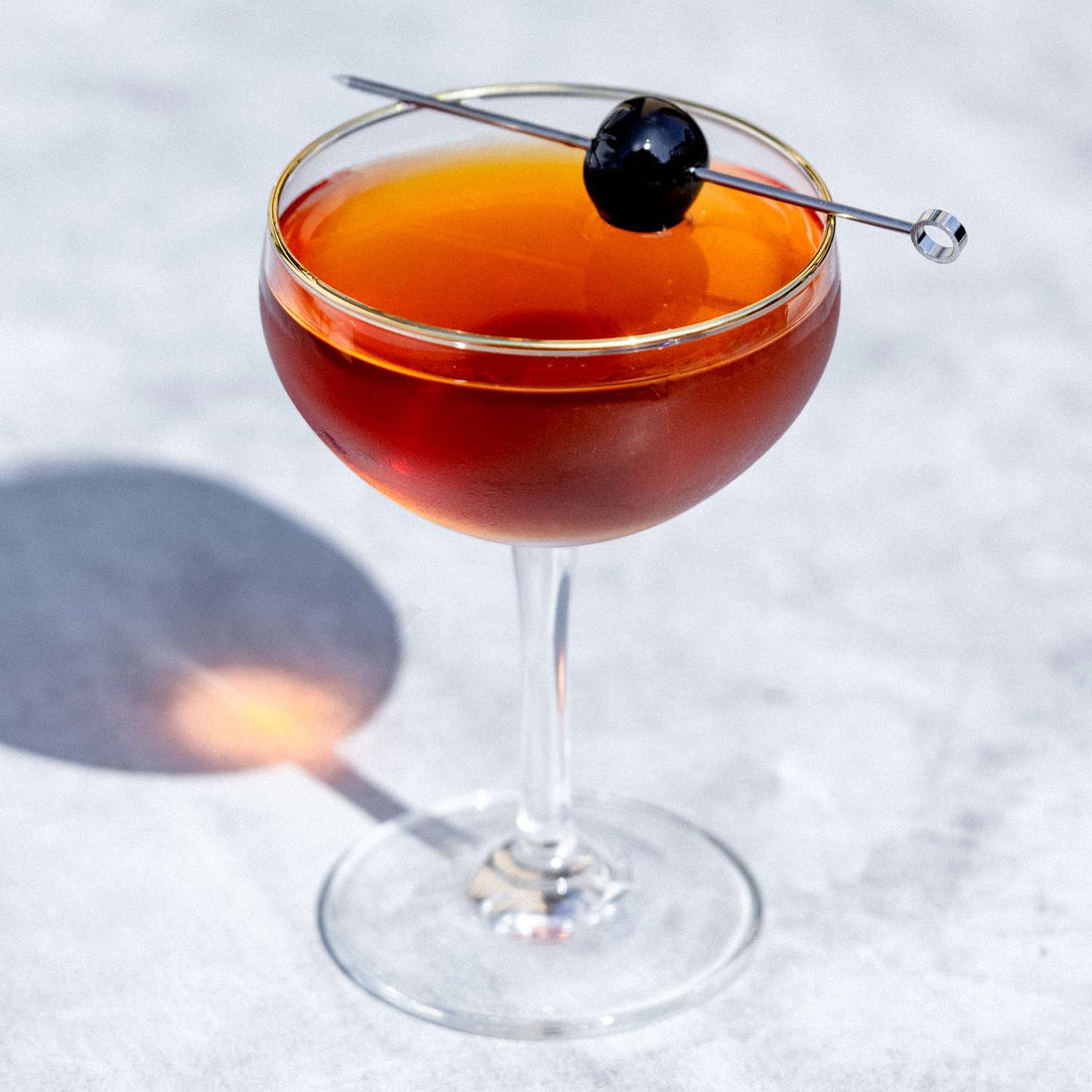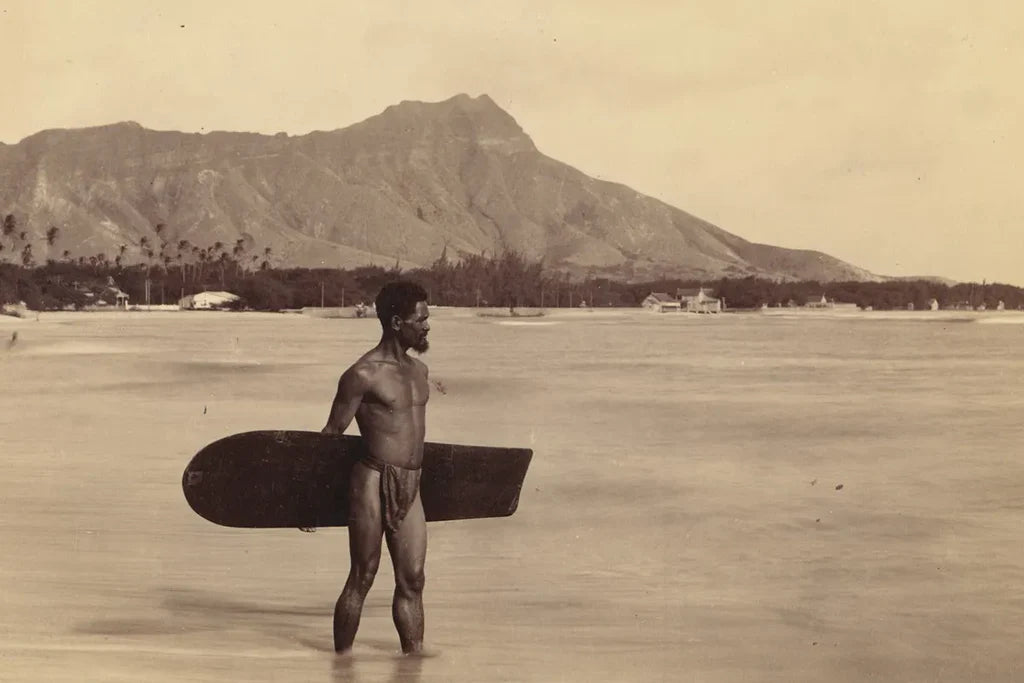The jukebox is a classic piece of Americana that has been around for over a century. The first jukebox was invented in 1889 by Louis Glass and William S. Arnold. The pair were employees of the Pacific Phonograph Company and created the jukebox as a way to play multiple phonograph records at the same time.

The original jukebox featured four listening tubes and a coin slot. To use the jukebox, customers would insert a coin and then use the listening tubes to select a song. The songs were stored on a cylinder and then played through a horn speaker.

In the early 1900s, jukeboxes became more popular as they began to feature more songs and became more affordable. By the 1920s, jukeboxes had become a mainstay in bars and restaurants and the term “jukebox” was used to describe any machine that played music.

In the 1940s and 1950s, jukeboxes began to be produced with more modern features, such as electric motors, multi-selection buttons, and illuminated panels. These new jukeboxes also allowed customers to select songs from an extensive list, rather than just a few pre-selected ones.

The popularity of jukeboxes began to decline in the 1960s, as radio and home stereo systems became more popular. However, they still remain a popular item to this day, often found in bars, clubs, and all-night diners. Jukeboxes have become a symbol of nostalgia, often featuring classic songs from the past.

In 1940, as jukeboxes became more technologically advanced, David Rockola of Chicago, IL filed a patent for an ornamental jukebox design. His patent covered jukeboxes with the appearance of his drawing, but didn’t specify any technical inventions. This was one of over 100 patents that Rockola filed in his lifetime.
Check out the patent




